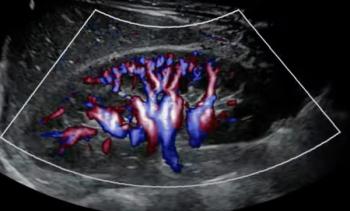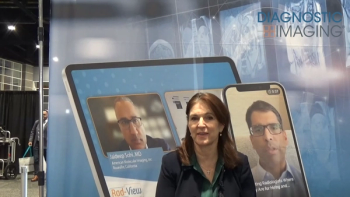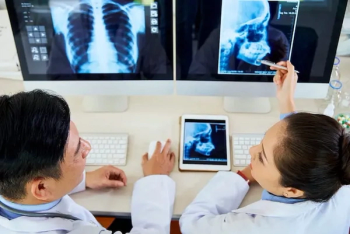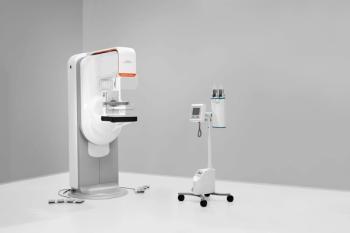
Workstations provide more than pretty pictures
What radiologists have been calling a PACS workstation is more then just an imaging management system. It may also need to handle voice recognition, RIS functions, or 3D image processing, according to a presentation Monday at the Radiology into the 21st Century congress in Boston.
What radiologists have been calling a PACS workstation is more then just an imaging management system. It may also need to handle voice recognition, RIS functions, or 3D image processing, according to a presentation Monday at the Radiology into the 21st Century congress in Boston.
"The term 'PACS workstation' is passé," said Dr. David Hirschorn, a research fellow in radiology informatics at Massachusetts General Hospital. "A workstation is not just about PACS. Looking at images is only one of the many things that we do."
When making a decision about workstation hardware, departments need to be aware of a plethora of capabilities: Platforms: Hirschorn suggested radiologists leave this to vendors. Many of them offer PCs, which users can purchase off-the-shelf. Vendors also offer Unix-based hardware for workstations, but this may be expensive to maintain. Processors: Current processors run on 2.5 to 3 GHz, plenty of speed to meet almost all of a radiologist's needs. More than this is not necessary - gamers need more speed, not radiologists, Hirschorn said. RAM: Most radiology workstations need a minimum of 1 GB of RAM or up to 4 GB if they will be handling 3D imaging postprocessing. Video cards: The advanced graphics port bus is being phased out. Remaining buses include the peripheral component interconnect bus and new PCI express bus.
As for the software element of the workstation, deployment is an important issue that needs to be hammered out with a vendor. Radiologists should ask the vendor whether the software is CD- or Web-deployed and whether upgrades can be deployed from the server or must be installed on every individual workstation.
Licensing is another important software issue. Hirschorn recommended going with a volume-per-year model, rather than a per-seat or per-concurrent user model. As volume goes up, the application will likely require more service. It makes more sense to pay for the increase in service rather than face arbitrary rate hikes assigned to the number of concurrent users.
One of the hottest topics regarding software for the workstation is integration. How will the PACS integrate with the RIS, the hospital's EMR, or a speech recognition system?
At this point, departments shouldn't sacrifice too many features for the sake of integration because they would limit themselves to the few vendors who offer integrated products, Hirschorn said.
For more information from the online Diagnostic Imaging archives:
Newsletter
Stay at the forefront of radiology with the Diagnostic Imaging newsletter, delivering the latest news, clinical insights, and imaging advancements for today’s radiologists.




























